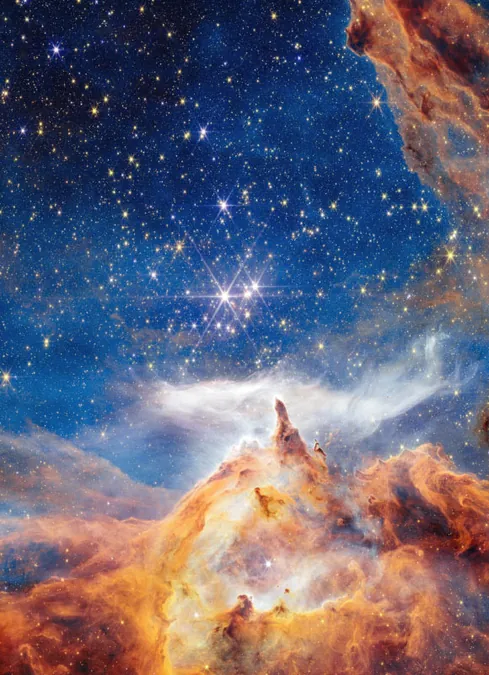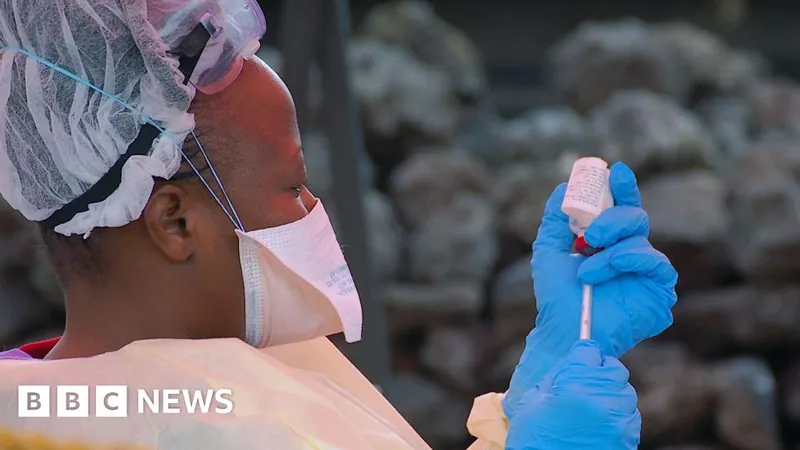
SpaceX Dragon Capsule Gives ISS a Heavenly Boost in Spectacular Test
2025-09-04
Author: Nur
In an extraordinary display of engineering and collaboration, SpaceX's Dragon cargo spacecraft has successfully repositioned the International Space Station (ISS) further from Earth.
On September 3rd, the Dragon executed a critical reboost maneuver, firing its Draco engines for an impressive 5 minutes and 3 seconds, according to NASA's recent announcement.
Typically orbiting at a distance of around 250 miles (400 kilometers) above our planet, the ISS gradually descends due to atmospheric drag. Although the upper atmosphere is thin, even minimal resistance accumulates over time, necessitating periodic boosts from visiting cargo vessels.
Traditionally, this task has been primarily handled by Russian Progress spacecraft. However, with discussions of Russia potentially withdrawing from the ISS program as soon as 2028, the U.S. has ramped up its involvement.
To ensure the ISS remains operational until around 2030 or early 2031, NASA has turned to U.S. resupply ships, particularly SpaceX's Dragon and Northrop Grumman’s Cygnus, for necessary reboost operations. SpaceX’s inaugural reboost test took place on November 8th, 2024.
Thanks to the latest Dragon mission, the ISS now orbits at altitudes of 260.9 by 256.3 miles (419.9 by 412 kilometers). NASA officials noted, "The new boost kit in Dragon will support sustained reboost efforts with longer burns scheduled throughout the fall of 2025."
These tests are not only vital for maintaining the ISS's orbit but also pave the way for SpaceX’s future responsibility: safely deorbiting the ISS. Assigned this significant task in July 2024, SpaceX plans to navigate the station's descent when the time comes using an upgraded version of the Dragon.
The Dragon that accomplished this mission, which docked at the ISS on August 25, delivered a hefty 5,000 pounds (2,270 kilograms) of supplies and scientific equipment to support the crew.
As part of SpaceX's 33rd mission for NASA’s Commercial Resupply Services program, this Dragon is expected to remain at the ISS until late December or early January before returning to Earth, loaded with research materials and other items from the station, with a splashdown set near the California coast.



 Brasil (PT)
Brasil (PT)
 Canada (EN)
Canada (EN)
 Chile (ES)
Chile (ES)
 Česko (CS)
Česko (CS)
 대한민국 (KO)
대한민국 (KO)
 España (ES)
España (ES)
 France (FR)
France (FR)
 Hong Kong (EN)
Hong Kong (EN)
 Italia (IT)
Italia (IT)
 日本 (JA)
日本 (JA)
 Magyarország (HU)
Magyarország (HU)
 Norge (NO)
Norge (NO)
 Polska (PL)
Polska (PL)
 Schweiz (DE)
Schweiz (DE)
 Singapore (EN)
Singapore (EN)
 Sverige (SV)
Sverige (SV)
 Suomi (FI)
Suomi (FI)
 Türkiye (TR)
Türkiye (TR)
 الإمارات العربية المتحدة (AR)
الإمارات العربية المتحدة (AR)